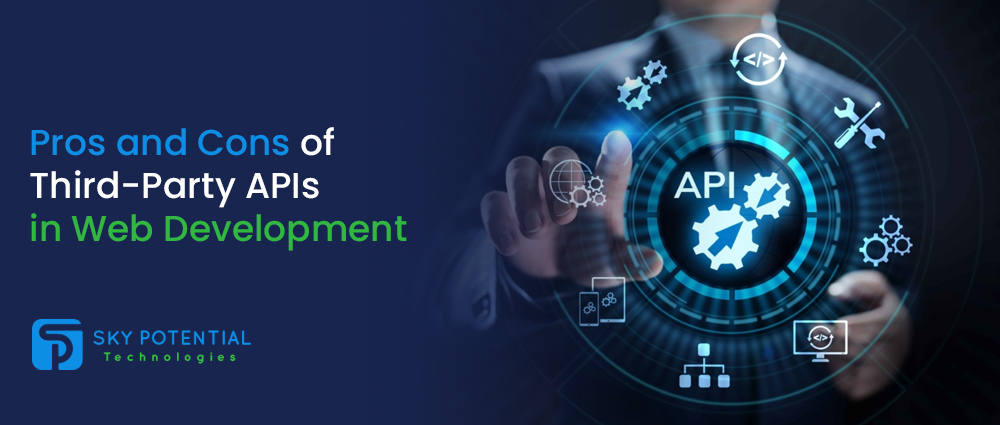- AI

Artificial Intelligence

Smart Products & Services
We follow Smart Products & Services

Intelligent Business Functions & Processes
We follow Intelligent Business Functions & Processes

Robotic Process Automation
We follow Robotic Process Automation

Personalized
healthcareWe follow Personalized healthcare

Identifying at-risk patients
We follow Identifying at-risk patients

Optimized routing and scheduling
We follow Optimized routing and scheduling
- ML

Machine Learning

Predictive
AnalyticsWe follow Predictive Analytics

Service Personalization
We follow Service Personalization

NLP
We follow NLP (Natural Language Processing)

Stock Market Forecasting
We follow Stock Market Forecasting

Fraud Prevention
We follow Fraud Prevention

Recommender engines
We follow Recommender engines
- blockchain
- IOT

Internet of Things
- AR
- Business Solutions

Business Solution

Business Performance Management
We follow Business Performance Management

Decision Making & Big Data Analytics
We follow Decision Making & Big Data Analytics

Enterprise Data Management
We follow Enterprise Data Management
- Apps

Apps

Native Apps
We follow Native Apps

Cross Platform Apps
We follow Cross Platform Apps

Web Apps
We follow Web Apps

Hybrid Apps
We follow Hybrid Apps

Cloud Native Apps
We follow Cloud Native Apps
- Lab

Pros and Cons of Third-Party APIs in Web Development
Nowadays, you might see many apps and sites who have a small map integrated into them, which is usually powered by Google Maps. You might wonder how they can integrate another company’s tool into their site, and the answer to that is that it’s possible using APIs, or Application Programming Interface.
The usage of APIs in the development world is quite common nowadays, be it app development, software development or web development. That is because APIs allow us to integrate features and functions easily by building onto the work provided by other developers, without having to code from scratch. It makes it easier for developers to create feature-rich websites without much hassle.
As I said before, APIs are quite commonly used in development nowadays. Facebook, Instagram, Twitter, Maps and many more APIs are integrated with other websites to give us the chance to connect and share, or benefit from those features. But not all API use is third-party. Many web development companies design multiple tools, and use APIs to provide a sense of interconnectivity between them.
But there are a number of benefits and problems associated with third-party integrations, which might affect the overall performance and look of the website. Let’s see what they are.
PROS:
Let’s first look at the pros of using third-party APIs when developing a website.
– Rapid Product Deployment:

This approach relies on buying or licensing third-party APIs for the time being to work with your product, after which you work to develop your own version of that API’s functionality. This way you can get your product out the market quickly, without spending a lot of time and resources. That means that once your core product, or your minimum viable product is ready, you can integrate it with the external API for additional features and roll it out, and in the meantime, develop your own version for the future.
– Saves Time and Money:

It saves time by allowing you to roll out the product in a shorter time, so that it starts generating revenue. In the meantime, your developers can develop additional features for the future iterations of the product, so that it saves you time to market, as well as initial development costs. This also gives you the choice to allocate your developers to develop an in-house alternative to the API, or to keep using the API and assign the developers to enhance and maintain the product itself.
– No constrained development:

This is a big plus for smaller companies or startups, as their team of developers might not be as diverse skill-wise, by allowing them to integrate features that might be beyond the in-house developers skills, and which might be too expensive to have developed from outside.
Also, if the API is from a reputed development company, it is surely going to be of a higher quality compared to the product developed by a new developer following a few tutorials.
– Easy access to data

It allows new and small companies’ access to data that they might not have gotten previously. An example can be a food delivery service, which has a Map API integrated, as well as the required data to target potential clients and fulfill orders by customers nearby. This is a very important tool for many new companies with limited resources.
CONS:
So we now know the benefits of using third party API when choosing external web development services. Let’s look at some of the harms as well.
– Multiple Dependencies outside our control:

The problem with adding multiple external APIs is that our product depends on many outside providers, which might affect the overall outlook of the product. Too many dependencies can be harmful, both in the short and the long-term. One short term issue can be that it might interfere with the functions of your core product, such as your website itself. A long term issue can be that these multiple dependencies might cause issues with adding future dependencies in the future.
– Can cost quite highly:

The cost of the licensing these APIs for your product can cost quite astronomically. That is because these costs are controlled and dictated by the developers themselves, and the less common API, or the bigger the developer, it might result in very high costs.
Sometimes it might be better to not have a functionality from a third party, as it might not bring the revenue that the associated cost of licensing would warrant. Therefore it is very important to evaluate your product, and then decide the budget for the APIs before looking for external APIs. In the end, you may need to spend a lot on required APIs, but then you can be sure that the cost is spent on features required, not on extras.
– Difference in performance times:

Obviously, as the functionality is dependent on multiple service providers, issues with their processes and performance will result in a negative effect on our product as well. Also, as they are dependent on these other providers, some of these dependencies might not work for some clients, which might result in the overall performance of the website, which might put off some of these clients.
– Knowing and choosing the right API provider:

Choosing the right provider is the big issue with external API. Sometimes you might find similar APIs from multiple developers, and you might select one based on some personal metrics you might have set. But these metrics might not be the best way to choose the perfect API provider. Your first choice should be to look for an API from some of the biggest developers out there, such as Facebook, or Google or even Twitter.
If you do decide to get an external API, make sure to choose one from a big company, as a smaller company might not be available to help in case you run into any issues. A bigger company, on the other hand, has 24/7 support teams to help you out when you run into any problems.
To conclude, choosing third-party APIs is a necessity nowadays to develop a competent and reliable website full of features. Though it might seem that there’s a lot of issues associated with choosing these external APIs, the fact of the matter is that if you know what you want and how much you can spend to develop it, choosing the right API provider is not that difficult.
So, best of luck choosing the best APIs for your website!
If you are looking for innovative and reliable web design services, go on over to Sky Potential and discuss your needs with their expert teams.
Also Read: What is OBS Studio, and how it’s effective for users?



















































Leave a Reply